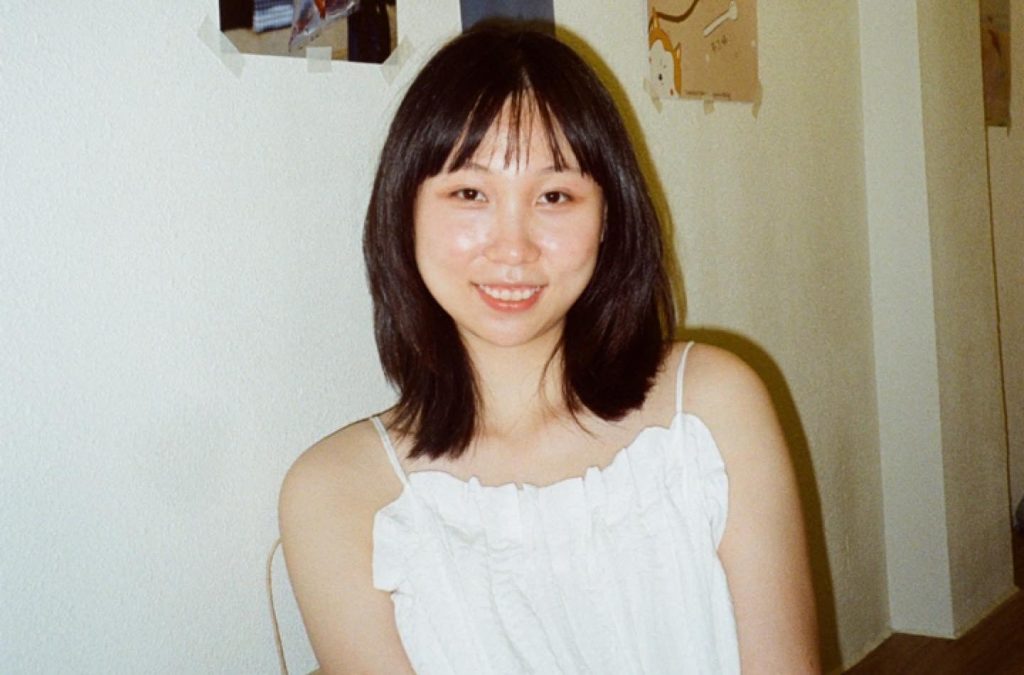-

RUITONG
Hi~

CV
Education
M.A In Fine Arts,City University of Macao
B.A In Visual Arts, Macao Polytechnic University
RUITONG LI
Born in GuangZhou
Lives & Study in Macau
My artistic creation is initially influenced by Buddhism and traditional Chinese painting. I think that what I see in front of me was not real, and what I think is also mostly affected by nonego objects. Therefore, most of the original works start from the idealistic, hoping to achieve the state of selflessness. My works apply artistic conception, water, sand , stone and other elements to symbolize the Nature, pursuing the realm of the unity of heaven and man, and integrating with nature and the universe. Later, I begin to think about what nature in the context is of modern civilization. Or whether have we been always defining Nature?
As a human being I always considering myself as a part of the Nature and regarding the other also have the need to connect with everything around them. In the subsequent creation, I begin to observe myself, people and things around me. In terms of creative mood, I hope to get closer to the ancient, who, in the era without industrial technology, directly record life with writings and paintings, to stimulate the imagination of the Nature. Concerning painting techniques, I strengthen the hand writing Chinese calligraphy through brush, according to the personality and identity of the object, giving changes ink and paint, combined with my own subjective emotions, and no longer emphasize the appearance of realistic, paying more attention to spiritual temperament. At the same time, new creative techniques have been explored, so as to break away from the stereotyped expression of traditional painting, adding industrial materials such as water pipes, electricity and glass or combining new forms of expression into public art that interacting with the audience.
I think this is a new ecosystem of Chinese water and ink art. First, thanking the language of art, through new materials and new forms, relationship between seeing and seen from the other side of nature; the second is the relationship between self and the observer, both of which are to explore the perspective of “new nature “, to construct new elements that can define nature in interaction, and spontaneously form a symbiotic relationship and become a part of the art and-nature-ecology.